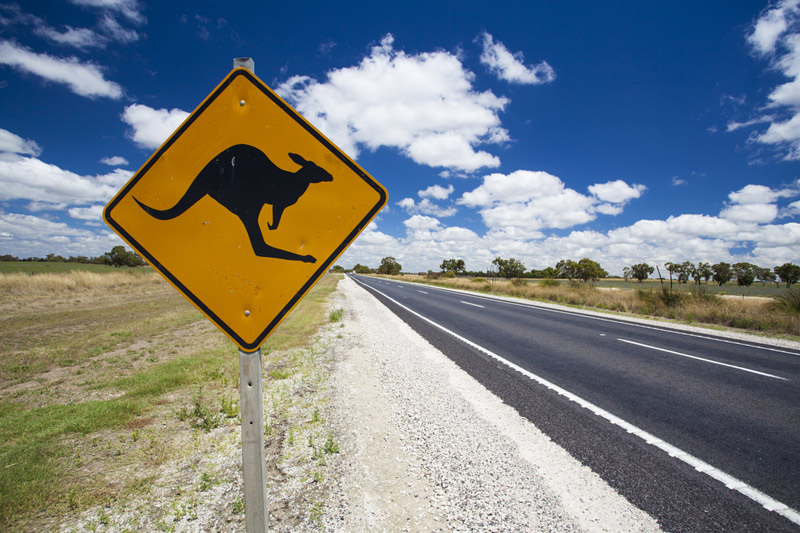By Claudia Long
SYDNEY, June 13 (Reuters) - Wildlife rangers in Australia's outback have started building a 185 km (115 miles) electrified enclosure to protect native animals from pests such as feral cats, which are threatening some species with extinction.
The electrified enclosure on a former cattle property outside of Alice Springs in the Northern Territory will cover around 9,450 hectares (22.2 acres), almost twice the size of the city of Manhattan.
The project by The Australian Wildlife Conservancy will represent the biggest predator-proof fenced area in the world when completed, Australia's Threatened Species Commissioner Gregory Andrews told Reuters.
"The science is crystal clear that feral cats are the single biggest threat to our mammals and many of our threatened species will benefit from this new area," Andrews said on Tuesday.
The Australian government is spending $5 million to assist in the reduction of the feral cat population by 2 million cats from an estimate 11 million. One feral cat can kill between five to seven animals each night.
Australia has used fences in a bid to control the movement of pests since the 1880s, most notably the 5,614 km (3,488 miles) dingo fence built in 1885. The fence crosses three states and separates wild dingo dogs from sheep farms.
Construction of the electrified fence in the Newhaven Sanctuary will see rangers roll out more than 1,600 km (994 miles) of wire and 35,000 pickets. The 180cm (1.8 feet) high fence will be crowned with an overhang to keep predators from climbing it and a skirting at the bottom will prevent burrowing.
After completion of the enclosure in early 2018, stage two will see rangers track and eliminate feral pests within the enclosed zone before re-introduction of endangered native species.
Species to be re-introduced include rock wallabies, smaller Rufous-hare wallabies and the rodent-like burrowing bettong.
